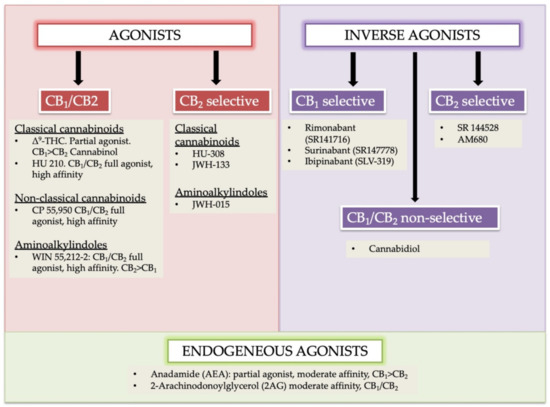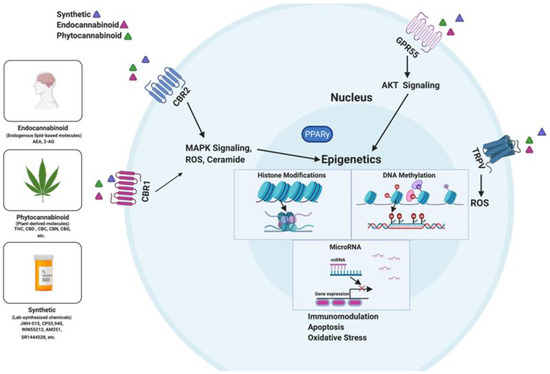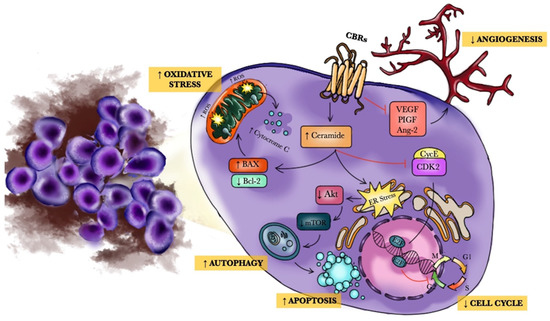 “Ehlers-Danlos Syndromes (EDS) and related Hypermobility Spectrum Disorders (HSD) are debilitating connective tissue disorders that feature a prominent pain component for which there are limited therapeutic options for pain management.
“Ehlers-Danlos Syndromes (EDS) and related Hypermobility Spectrum Disorders (HSD) are debilitating connective tissue disorders that feature a prominent pain component for which there are limited therapeutic options for pain management.
Consequently, many patients try various non-prescribed treatments, including complementary and alternative therapies that have not been well studied in the EDS/HSD patient population. We surveyed over 500 individuals through the EDS Society who reported having been diagnosed with EDS or HSD to ascertain what complementary and alternative therapies were used and their reported effectiveness in alleviating pain and improving quality of life.
Specifically, we focused on the use of traditional Chinese therapies, herbal medications, and marijuana.
The most commonly reported therapies, used by 70-92% of participants, were non-steroidal anti-inflammatory drugs, acetaminophen, opioids, and physical therapy.
Therapies rated by participants as most efficacious were opioids, physical therapy, and marijuana with 10-24% of those using these therapies rating them as extremely helpful.
Patient-initiated complementary therapy use in EDS/HSD patients is widespread at 56%. Complementary therapies were largely utilized by EDS/HSD patients with higher reported pain levels. Providers caring for EDS/HSD patients should be aware of these data showing broad usage of predominantly non-prescribed therapies and be prepared to consider such usage in working collaboratively with these patients to develop comprehensive treatment plans to manage their chronic pain complications.”

 “We present the case of an 18-year-old woman who suffered from complications of Ehlers-Danlos syndrome (EDS). Her pain was poorly controlled despite being on a myriad of analgesic medications at the time.
“We present the case of an 18-year-old woman who suffered from complications of Ehlers-Danlos syndrome (EDS). Her pain was poorly controlled despite being on a myriad of analgesic medications at the time. “In humans, various sites like cannabinoid receptors (CBR) having a binding affinity with cannabinoids are distributed on the surface of different cell types, where endocannabinoids (ECs) and derivatives of fatty acid can bind. The binding of these substance(s) triggers the activation of specific receptors required for various physiological functions, including pain sensation, memory, and appetite.
“In humans, various sites like cannabinoid receptors (CBR) having a binding affinity with cannabinoids are distributed on the surface of different cell types, where endocannabinoids (ECs) and derivatives of fatty acid can bind. The binding of these substance(s) triggers the activation of specific receptors required for various physiological functions, including pain sensation, memory, and appetite. 
 “Chronic inflammation is considered to be a silent killer because it is the underlying cause of a wide range of clinical disorders, from cardiovascular to neurological diseases, and from cancer to obesity. In addition, there are over 80 different types of debilitating autoimmune diseases for which there are no cure. Currently, the drugs that are available to suppress chronic inflammation are either ineffective or overtly suppress the inflammation, thereby causing increased susceptibility to infections and cancer. Thus, the development of a new class of drugs that can suppress chronic inflammation is imperative.
“Chronic inflammation is considered to be a silent killer because it is the underlying cause of a wide range of clinical disorders, from cardiovascular to neurological diseases, and from cancer to obesity. In addition, there are over 80 different types of debilitating autoimmune diseases for which there are no cure. Currently, the drugs that are available to suppress chronic inflammation are either ineffective or overtly suppress the inflammation, thereby causing increased susceptibility to infections and cancer. Thus, the development of a new class of drugs that can suppress chronic inflammation is imperative. 

 “Medical marijuana (MM) use is common among cancer patients, but relatively little is known about the usage patterns and efficacy of MM used by gynecologic cancer patients.
“Medical marijuana (MM) use is common among cancer patients, but relatively little is known about the usage patterns and efficacy of MM used by gynecologic cancer patients. “
“ “Few studies have examined the dose-response and temporal relationships between marijuana use and ischemic stroke while controlling for important confounders, including the amount of tobacco smoking. The purpose of our study was to address these knowledge gaps.
“Few studies have examined the dose-response and temporal relationships between marijuana use and ischemic stroke while controlling for important confounders, including the amount of tobacco smoking. The purpose of our study was to address these knowledge gaps. “Human immunodeficiency virus (HIV) infection and antiretroviral therapy can independently induce HIV-associated neuropathic pain (HIV-NP).
“Human immunodeficiency virus (HIV) infection and antiretroviral therapy can independently induce HIV-associated neuropathic pain (HIV-NP).